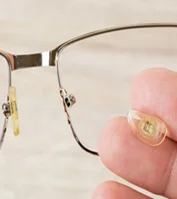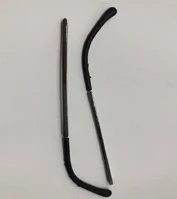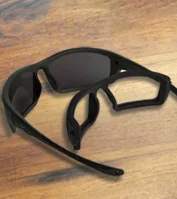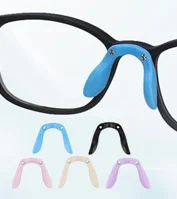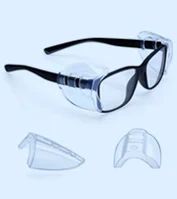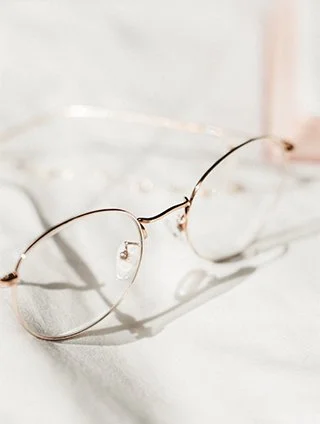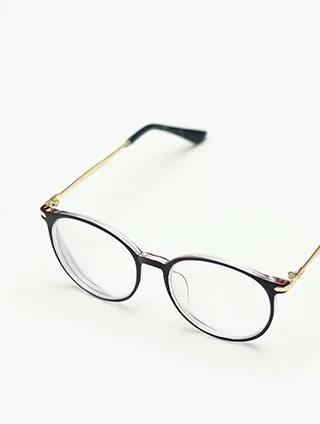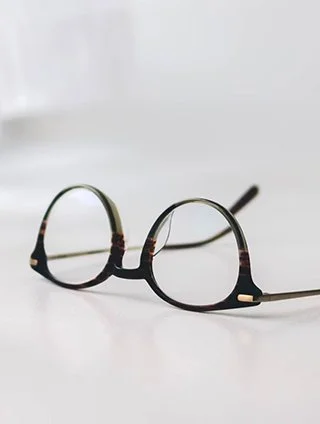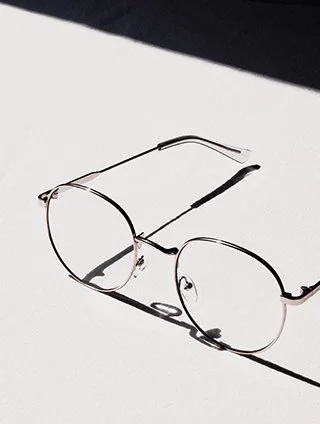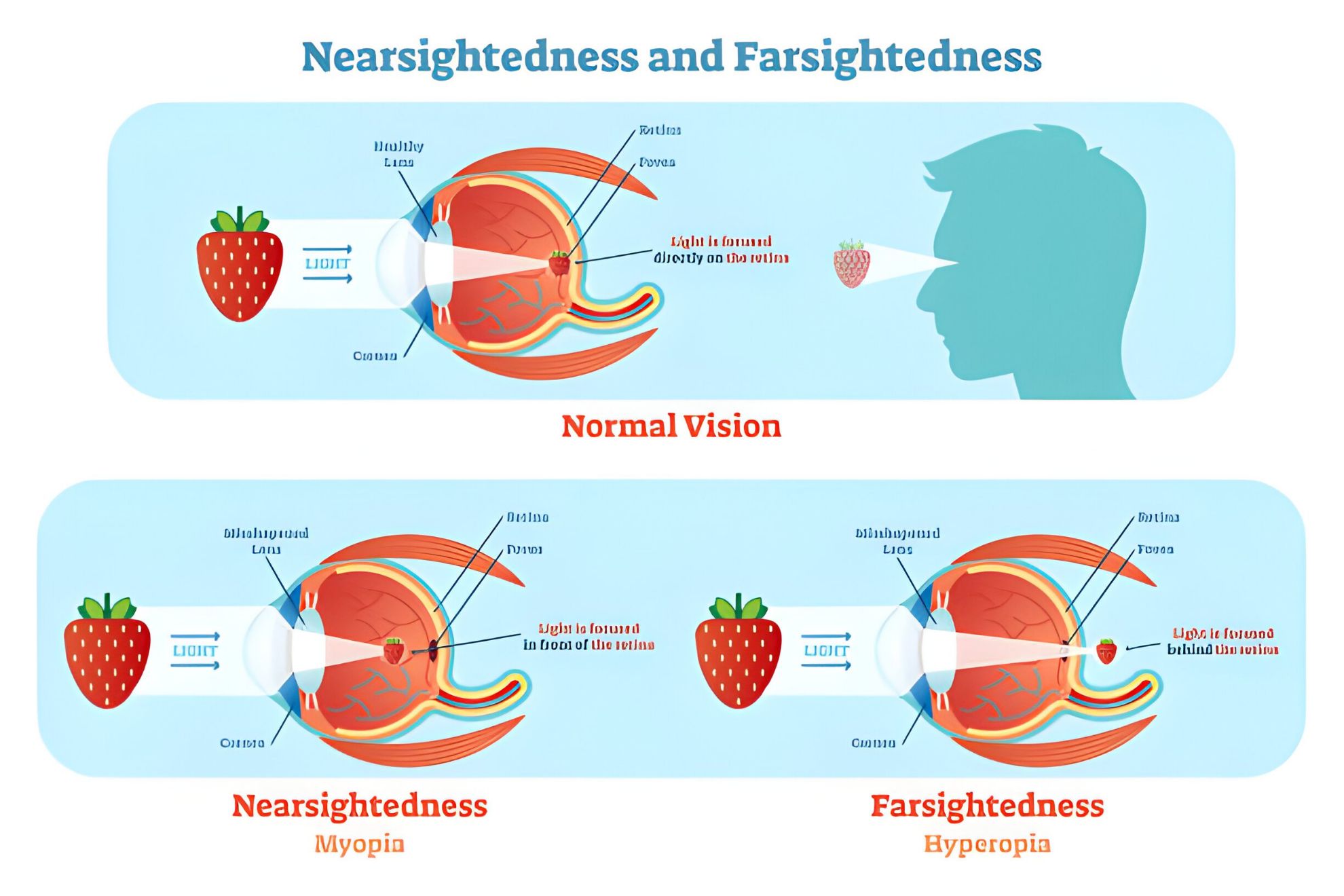Although you may be familiar with the terms nearsightedness and farsightedness, what exactly are they? These are a few of the most typical types of visual issues that many patients bring to clinics. When someone is nearsighted, they can see things well up close but fuzzy from a distance. The opposite of nearsightedness is farsightedness, as near objects appear blurry and faraway objects appear clear. We need both your near and far vision to function effectively, as well as crisp focus, for vision to function properly. Let's understand the distinctions between shortsightedness and farsightedness, the simple ways to treat each, and various options regarding the condition of your eyes. Find out more right now!
The Function of Your Eyes
The majority of your "seeing" is performed by your brain, did you realize that? Light waves, which are light rays strike your eyes. The cornea, which is the transparent layer of your eye that resembles a contact lens, is where that light reaches your eye. Your iris, or the colourful portion of your eye, sits directly on top of this cornea. The vibrant iris covers the real lens of the eye.
The cornea reacts to light by bending or refractively absorbing light that enters the pupil of the eye. To control the amount of light that reaches the retina, the shape and size of the eye's lens and pupil will alter. For viewing images, your retina, which is located at the rear of your eye, is crucial. Rods and cones, two types of nerve cells found in the retina, convert signals from light into electrical impulses. The nerve system transmits these impulses to the brain, which interprets the visuals.
Nearsightedness
As previously discussed, being nearsighted results in hazy vision for objects that are farther away. When reading, you will see things up close, like a book, but if they are located too far away, you might find it difficult to see road signs, screens, and other objects. What causes this to occur and how? The most prevalent type of refractive error in patients is nearsightedness, which is an optical refractive defect. Refractive error is the term used to describe an aberrant shape or size of the eye that interferes with the retina's ability to concentrate light.
Myopia is the medical term for nearsightedness. An excessively lengthy eyeball results in myopia. The eyeball's abnormal length prevents light from properly focusing via the cornea and lens. The light rays that enter your eye when you see an object will eventually focus at a place ahead of the retina rather than straight at the retina. This explains why items that are farther away from us seem more hazy than those that are closer. There is more focus distance.
The curved shape of the eye's lens may also cause nearsightedness. Additionally, an excessively curved lens will cause your focusing point to become misaligned. Because genetics influence myopia, there is a modest increase in your risk if other members of your family have the condition.
The Reasons Behind Nearsightedness
Although the true cause of nearsightedness is unknown, some research points to a genetic component. Children are more likely to develop myopia if their parents do. Additionally, if a lens is excessively thick or the cornea is bent for the length of the eyeball, myopia may develop. It may also result from a few issues that could arise in the lens, eyeball length, and cornea.
Studies are being conducted to examine how gender, age, and ethnicity affect how myopia develops in people. According to scientists, a few factors that can exacerbate myopia include reading, writing, and spending too little time in direct sunshine. They also suggest that committing to a great deal in front of a computer is another. Recent findings in this field of study indicate circadian rhythms may also cause myopia, or the human biological timer, which regulates the body according to the rhythms of day and night.
Nearsightedness symptoms
The following are symptoms of nearsightedness:
- Failure to see distant objects clearly
- Blurred objects;
- Needing to squint their eyes to view distant objects or partially close their eyes;
- Headaches from eyestrain;
- Lack of read road signs at night when driving;
- Difficult for kids to see what is written on school boards;
- Sitting very close to the television.
Medication for Nearsightedness
The simplest solution for myopia is to wear prescription eyeglasses. Individuals who wear contact lenses see them as the initial refractive surface, through which light beams enter to aid in clear vision. To improve eyesight, the cornea may occasionally be reshaped using a laser beam. Through refractive surgery, the cornea's shape is permanently altered, reducing or eliminating the need for eyewear or contact lenses. Refractive procedures come in a variety of forms, a few of them are as follows:
LASIK procedures: During this procedure, a thin piece of tissue from the cornea's inner layer is removed using an ultraviolet laser. This causes the cornea to change shape, focusing light straight on the retina.
PRK procedure: It destroys a delicate layer of tissue from the cornea's outer surface to alter its shape. The cornea changes shape, allowing for more precise light focus on the retina.
Phakic Intraocular Lenses (IOLs) are an emerging technique that helps those who are nearsighted or have thin cornea. The process of inserting this lens into the eye involves surgery.
Farsightedness
The converse of nearsightedness is farsightedness. Close items appear hazy, whereas objects further away are visible. The medical word for farsightedness is called hyperopia. The way and where light concentrates on the eye is the same in myopia and hyperopia. When someone has hyperopia, their eyeball is either excessively short or their lens's curve is insufficient to allow objects to focus correctly.
Rather than focusing ahead of the retina or straight on its surface, light appears at a location beyond the retina. From a distance, this results in hazy vision. Hyperopia is less common than myopia. Additionally, it is even more difficult to identify standard vision examinations (such as those carried out by schools).
However, hyperopia can be identified by a thorough examination, which is why visiting your eye specialist is crucial for an accurate diagnosis. The eyes can develop a variety of problems. Even if you have perfect eyesight your entire life, your vision can suddenly start to alter. This is a typical aging process, particularly for those patients who become 40 or 60 years old, as these are the most common ages for visual alterations. Fortunately, a lot of vision issues can be managed and even fixed.
The Reasons Behind Nearsightedness
A lack of eyeballs, poor focusing capacity, and uneven corneal or lens shape are the main reasons for hypermetropia. One cause of hypermetropia, or farsightedness, is hereditary; it can pass from parent to kid. The aging process naturally might lead to presbyopia or farsightedness.
Symptoms of Farsightedness
Farsightedness symptoms include:
- Failure to see close items;
- Clear vision of distant objects;
- Squinting of the eyes to view close objects;
- Headaches from eyestrain;
- Difficulty reading small print and having to hold reading materials at arm's length to read.
Treatment for Farsightedness
The eye care specialist gives a prescription for eyeglasses or contact lenses during the dilated eye examination. This is the less complicated and more often used technique for fixing refractive problems. For those who suffer from farsightedness, contacts are safe and result in a more precise refraction of light.
Those who are farsighted—those who can see close objects well but have fuzzy close-up vision—should use reading glasses. These people can accomplish most close-up tasks with little to no eye strain and read books more comfortably when using these vision correction glasses.
Refractive surgery is an additional method for treating farsightedness; several lenticular, sclera, and corneal surgical techniques are available. The goal of these procedures is to sharpen the focus.
Other Ocular Refractive Errors
The two most well-recognized of the four primary refractive defects of the eye are nearsightedness and farsightedness. Astigmatism and presbyopia are the other two refractive defects, and they are equally significant and detrimental to your quality of life. Let's explore more closely.
Astigmatism impairs your ability to see both close and far objects. An irregular curvature or shape of the cornea is known as corneal astigmatism, whereas an uneven curvature of the lens is known as lenticular astigmatism. The eye's steepest curve can be found running either vertically or horizontally.
However, presbyopia and myopia are extremely similar. The primary distinction is that presbyopia, which is brought on by normal ageing, affects older persons. Besides nearsightedness or farsightedness, presbyopia can also be diagnosed in some cases.
Ways to lessen the risk of visual impairment
Even while vision loss might run in families, there are things you can do to reduce your chances of developing myopia and hyperopia.
- Consume wholesome foods such as omega-3-rich seafood and dark leafy greens.
- Continue your physical activity to reduce your chance of developing health issues including high blood pressure, diabetes, and high cholesterol, which can cause eye problems.
- Throughout the day, give your eyes a break. Take a break every twenty minutes and look at anything twenty feet away for twenty seconds.
- Put on some shades like Via Spiga sunglasses because UVA and UVB rays can harm your eyes.
- Give up smoking because it raises the chance of developing conditions like cataracts and macular degeneration.
Do more people have Nearsightedness than Farsightedness?
The most prevalent distance refractive error in children and young adults is nearsightedness. 80% to 90% of young adults in Asia and 30% - 40% of individuals in the United States and Europe suffer from it. Nearsightedness is referred to medically as myopia. Over the past few decades, myopia has become more and more common.
Researchers project that approximately 50% of the global population will suffer from myopia by 2050. Nearsighted people see objects closer to them more clearly than objects farther away. This is because light entering their eyes focuses ahead of the retina rather than directly on it.
Although the precise reason behind the rise of nearsightedness worldwide is unknown, heredity is undoubtedly a factor. Approximately 200 genetic variables for myopia and refractive error have been found through studies. A child's probability of being myopic is increased when either of their parents is myopic.
The lack of sunshine that today's kids experience is another contributing element. Sunlight stimulates the neurotransmitter dopamine, which regulates the elongation of the eyes. Eyes that grow excessively long from the front to the back mostly cause nearsightedness.
It also seems that ocular function plays a role in the likelihood of acquiring myopia. Children who labor closely at close range for extended periods may be more susceptible to nearsightedness.
It is essential to diagnose and treat nearsightedness as soon as possible. Myopia typically begins in childhood and might get worse every year until the early stages of adulthood. High myopia may develop from this, and blindness or other severe eye disorders may follow.
Early detection of myopia along with additional vision development disorders, is mostly dependent on pediatric eye exams. At six months of age, children should get their first eye checkup. They should do additional tests when they are three years old and again when they begin school.
Make an appointment with a local eye doctor for a thorough examination of the eyes at the start of the academic year. Eye tests conducted regularly will assist in guaranteeing that the child has the best possible vision.
You Have Many Options Whether You're Nearsighted or Farsighted
Hopefully, this understanding of the distinctions between nearsighted and farsighted symptoms will assist you in choosing what to ask your optometrist. But keep in mind that the only way to determine which refractive problem you have is to get a thorough eye exam.
It's time to choose how you're going to fix your vision after you have your prescription. Will you wear chic Adidas glasses, opt for understated contacts, or wear both and benefit from each?















